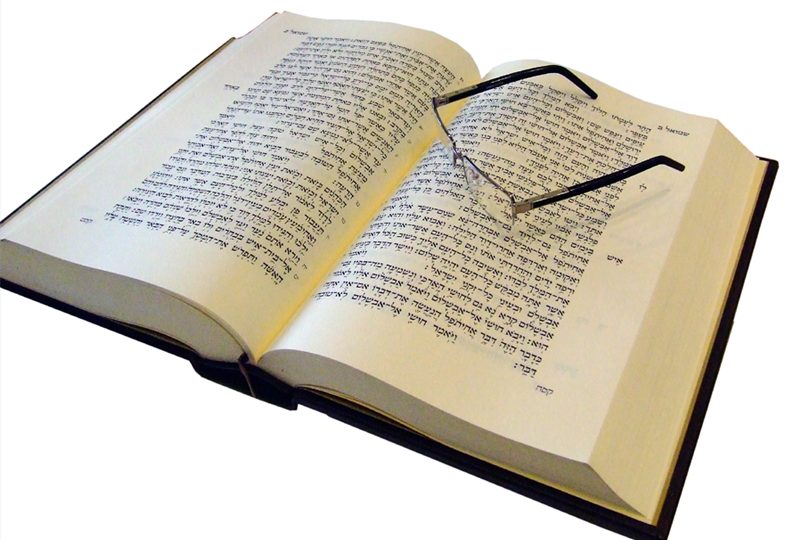The Shabbat before Tisha B’Av, is called Shabbat Chazon – the Shabbat of foretelling – as we read the Haftara portion from the prophecy of Isaiah (1:1-27), as the final of the “three of affliction,” readings.
Rabbi Mendel Hirsch points out, the prophet does not lament because the Bet HaMikdash (The Temple in Jerusalem) was destroyed; rather he laments over the underlying causes of that destruction.
This annual lesson must serve to focus the national mourning of Tisha B’Av not to the past, but to the present.
It is not enough to bemoan the great loss suffered by our people with the destruction of our Land, our Holy City, and our Holy Temple. We must use our mourning as a way of initiating an examination of our present-day feelings, thoughts and deeds.
What have we done to eliminate the attitudes and practices that thousands of years ago sent our ancestors into exile – not once, but twice?
How have we improved our approach to the divine service as a way of life, a life devoted to duty rather that a substitute for it?
Are our verbal offerings, like the animal-offerings described by the prophet merely perfunctorily performed rituals, never internalized, never spoken from the heart, just from the lips and outward?
And, as Rabbi Hirsch puts it, “is our Jewish contemporary present already so deeply imbued with the Jewish spirit, so filled with the Jewish way of thinking, with knowledge of the all-comprising and deep contents of the torah that it could form a worthy environment for a temple of G-d to be erected in our midst? does not the gulf between Israel and its G-d yawn perhaps wider than ever?”
Adapted from the commentary found in the Artscroll Stone Chumash.
